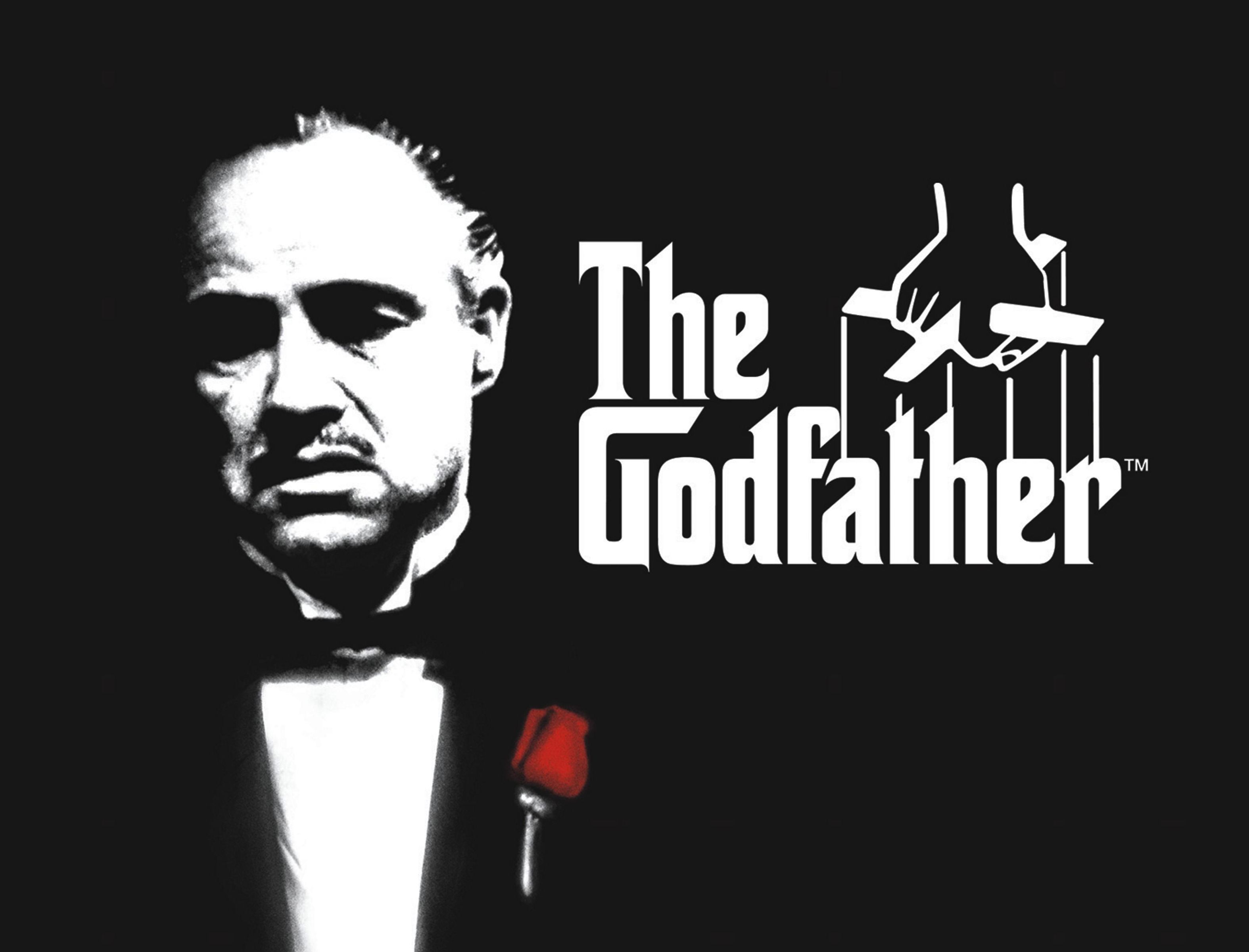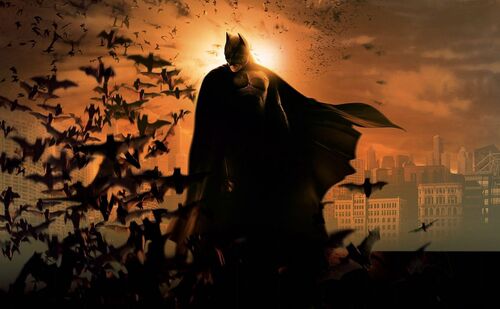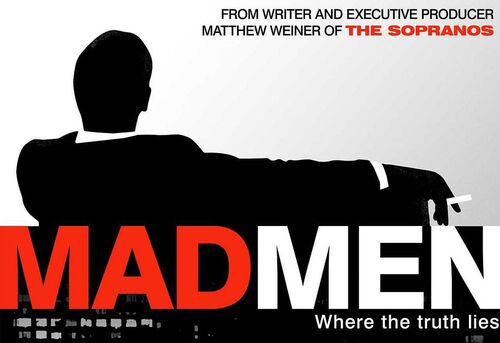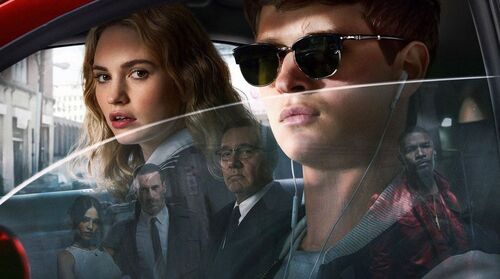
40 Years On: The Tug of War Between 'The Godfather' Parts I and II
 Just over 40 years have ticked over since The Godfather Part II arrived, the sequel that followed two years later on the heels of the film that today is regarded as one of, if not the, greatest films of all time. Whether it achieves perfection, and whether perfection is possible in cinema, is up for debate, and always will be. The debate between which of the two is the greater film puts each one on a set of scales, and they tip either way depending on the conversation.
Just over 40 years have ticked over since The Godfather Part II arrived, the sequel that followed two years later on the heels of the film that today is regarded as one of, if not the, greatest films of all time. Whether it achieves perfection, and whether perfection is possible in cinema, is up for debate, and always will be. The debate between which of the two is the greater film puts each one on a set of scales, and they tip either way depending on the conversation.
The Godfather, the 1972 original, redefined the gangland crime film, telling the personal tale of the Corleone family, placing its audience on the inside looking out to great affect. The violent cast of characters managed to instigate our care and their credibility despite having very illegal lifestyles, and the tragedy that is imbued in the generational tale of the brightest son falling into a life of crime is done with craft and subtlety.
The Godfather Part II is a different beast altogether. It tells two parallel stories; one, of The Godfather Part I's Vito Corleone's upbringing and rise through the underworld hierarchy, the other, seven years after the events of the first, with Michael building his empire. Part II didn't redefine anything. In fact, it is infused with many of the same themes as the first, though it's critique of the 'American Dream' is much more prevalent. In all debates on originals and their sequels, Part II is always at the top of the conversation. It is an ambitious follow up, nonlinear and perhaps, structurally, exactly what was needed to follow in the footsteps of The Godfather.
Al Pacino is fantastic in both, playing the unsure but committed son in the first, and the powerful and controlling in the second. Marlon Brando's presence is missed to a certain degree in the second, no longer capable of playing the anchor to the sequel's themes and dynamics. Robert De Niro instead fills the roll of the younger Don, showing his rise through the ranks in a way that feels slightly open ended and a little unsatisfying, but certainly forgivable due to its fascinating and clever juxtaposition between it and the present. So carefully are these scenes created, that the Corleone children exhibit signs of their older selves well before the events of Part I (such as Sonny's aggressive behaviour as a child).
Roger Ebert said of the original: "Although the movie is three hours long, it absorbs us so effectively it never has to hurry." The critic notes that the passage of time as the Don passes his title through the line and to his son(s) is measured, a calculated span of time that never feels overlong or disengaging. Of the second, he said "Part II is finally a sad film, a lament for loss, certainly. It is a contrast with the earlier film, in which Don Corleone is seen defending old values against modern hungers." Ebert for one is adamant that The Godfather Part II is not better than the original, though he regards it as a film that "everyone who values movies at all should see."
Edward Gutham of the San Francisco Chronicle proclaimed that "Coppola crafted an enduring, undisputed masterpiece." Kim Newman (Empire Magazine) stated that The Godfather dawned the "age of the mega-movie", and exclaimed that Part II is "nothing short of magisterial." A.D. Murphy said for Variety that "the biggest achievement here is the establishment of mood and time," though I'd have to add to that, to argue for its greatest strength lying in its patient, generational transition of power and the moral implications of a family line. The idea that the hopes of the father cannot make up for a lifetime of giving ones children the example they'll look to emulate is a fascinating one. That Michael passed off his father's sorrow at hoping for a better life for him gives that particular thread its ultimate payoff.
Peter Bradshaw of Guardian didn't beat around the bush: "It is even better than the first film, and has the greatest single final scene in Hollywood history, a real coup de cinéma." The Godfather Part II felt, for me, and ironically, much more direct in its narrative destination, though its questions of morality weighed heavily on the central character. Placing Pacino and De Niro in the parallel roles as father and son could not provide a better combination. The final scene in the film is fascinating, suggesting that Michael is the wrench in the family for no intended or conscious reason. The flashback is mostly a microscopic look at the family dynamic, back when it was whole. Michael's choices divide the table, as his choices divide his associates and family now.
But the iconic character of Vito Corleone is in the background of the scene. Everybody is waiting for him. Everybody greets him at the end, but he's never in the frame. That entire sequence shoots right for the heart of the film, causing us to remember better times for the family (despite the fact that we never truly experienced them, save for the wedding at the opening of Part I). That Michael's actions are so hard to support while Vito's are understandable and deserved, to an extent, goes a long way to making Parts I and II feel whole. Kate Muire of Times called it, bluntly, "one of the greatest sequels of all time." This is a sentiment that is shared unanimously by nearly all film fans and moviegoers alike.
Mario Puzo's novel was a bestseller, but was shunned by many critics at the release of the movie, oddly enough. The film therefore became one of those rare phenomenons, one that actually delivers the story better than its source material. At the time of its release, many praised it but many publications kept their distance due to its graphic nature. Part II wasn't so wholly well received, despite a majority of critics praising its worthiness as one of the great sequels. Vincent Canby for The New York Times said "the only remarkable thing about Francis Ford Coppola’s The Godfather, Part II is the insistent manner in which it recalls how much better his original film was.” In many ways, this could be a testament to the difficulty of not just making a follow-up to such a praised work, but also of satisfying an audience that always craves more.
And while Part II certainly revives the feelings, the mood, atmosphere, music, and intentions of the original, it juggles fewer characters that aren't ever quite as immersive, save for those at the centre. It is much tighter in some ways, but more sporadic in others. Its antagonists become difficult to follow, its implementation of authority via the inquiry comes somewhat abruptly. Just like the first, Part II doesn't waste time exploring facets of this world that don't need it, but this time those skips are clearer, more overt.
The two films, as one whole tome, garnered 28 Academy nominations, and 9 awards from them. They entrenched an idea that the mob tale could be both relatable and compelling. Its violence would not only sit well with most, but it would actually age supremely well (given that our modern audience is fulfilled by graphic content). Part II was the first sequel ever to win the Academy Award for Best Picture. Both films are intricately told tales, filled to the brim with moments that resonate on a base level yet also powerful enough to engage every sensibility. There are so few examples of it, but these two films may just stand the test of our time.


